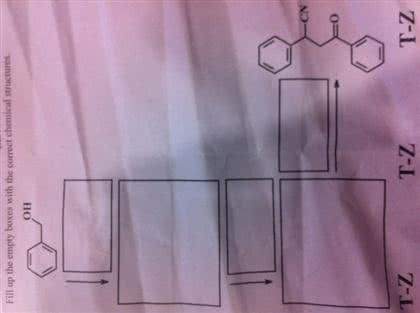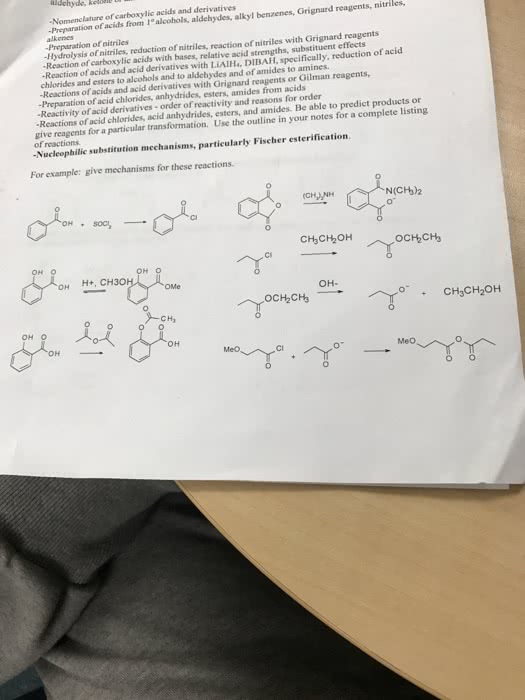CHEM 242 Chapter Notes - Chapter 20: Ester, Alkylation, Diazomethane
Document Summary
*oxidation-resistant functional groups such as cl, no2, so3h, and cooh may be present. *limited to halides and tosylates that are good sn2 electrophiles: usually primary and unhindered. Tip: oxidation of alcohols does not change the number of carbon atoms. Oxidative cleavages of alkenes and alkynes decrease the number of carbon atoms (except in cyclic cases). Carboxylation of grignard reagents and formation and hydrolysis of nitriles increase the number of carbon atoms by one. 20-9: reactions of carboxylic acids and derivatives; nucleophilic acyl substitution. 20-10: condensation of acids with alcohols the fischer esterification. 20-12: condensation of acids with amines direct synthesis of amides. Borane also reduces carboxylic acids to primary alcohols. Borane reacts with the carboxyl group faster than with any other carbonyl function. Reduction of an acid to an aldehyde is a two-step process: convert the acid to the acid chloride, then reduce using lithium tri-tert-butoxyaluminum hydride. 20-14: alkylation of carboxylic acids to form ketones.




